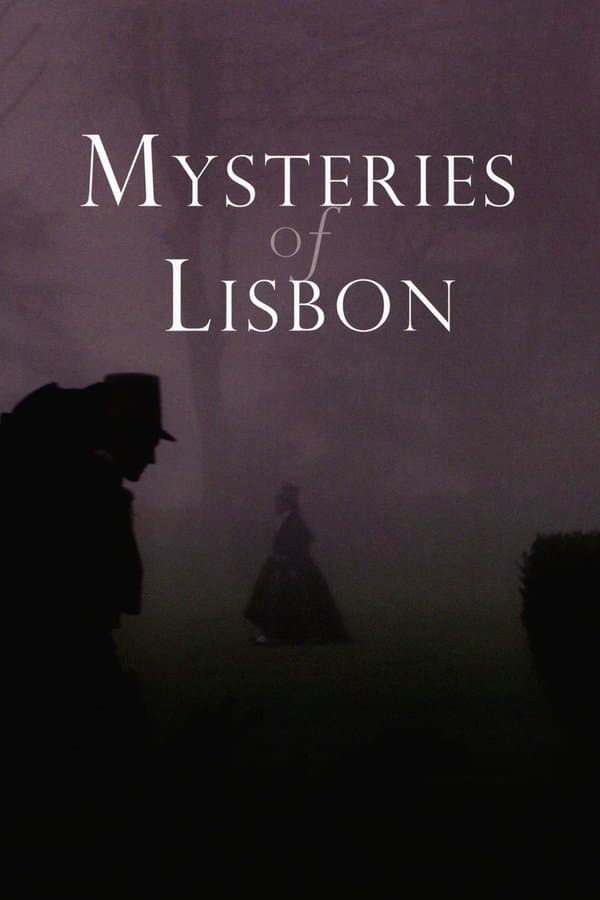
Mysteries of Lisbon
2011 • Drama
The tragic story of the many lives of Father Dinis, his dark origins and his pious works, and the different fates of all those who, trapped in a sinister web of love, hate and crime, cross paths with him through years of adventure and misfortune in the convulsed Europe of the late 18th and early 19th centuries. (A longer television version of the film of the same name, released in 2010.)
Why you should read the novel
If you loved the sweeping intrigue of the TV series, read Mysteries of Lisbon by Camilo Castelo Branco to experience the original 19th-century novel in full. The book’s rich, serialized storytelling, razor-sharp social observation, and dramatic reveals unfold with a breadth and intelligence no screen can fully capture.
The novel delivers deeper character psychology, more backstory, and the author’s cutting wit toward aristocratic privilege and hypocrisy. Reading Mysteries of Lisbon lets you savor every letter, confession, and twist as Camilo Castelo Branco intended, with the pacing and texture of a classic literary page‑turner.
Searching for where to start with Portuguese literature? Begin with the source. Mysteries of Lisbon (the book) is a landmark of European fiction—perfect for readers who want the complete plot, the author’s voice, and the historical atmosphere that inspired the series.
Adaptation differences
The TV series streamlines and rearranges the novel’s sprawling, serialized structure. Camilo Castelo Branco’s book moves through a web of nested histories and cliffhangers; the adaptation condenses arcs, reshuffles chronology, and merges or omits minor threads to sustain visual momentum and a clearer episodic flow.
On the page, an omniscient, often ironic narrator addresses readers directly, digresses, and comments on society. The series replaces much of this authorial presence with voiceover excerpts and visual storytelling, trading the novel’s editorial bite and feuilleton flair for Ruiz’s elegant, dreamlike mise‑en‑scène.
Character emphasis also shifts. The novel lingers longer on side plots, genealogies, and the moral contradictions of secondary figures. The adaptation heightens a few central relationships, trims peripheral intrigues, and accelerates revelations, altering the balance of perspectives readers encounter in the book.
Tone and resolution differ in feel. The series embraces theatrical artifice—moving tableaux, extended takes, and ambiguous, oneiric transitions—leaving certain outcomes suggestive. The book supplies fuller narrative accounting: legal entanglements, social repercussions, and fates are spelled out with the precision and satire characteristic of Camilo Castelo Branco’s prose.
Mysteries of Lisbon inspired from
Mysteries of Lisbon
by Camilo Castelo Branco










